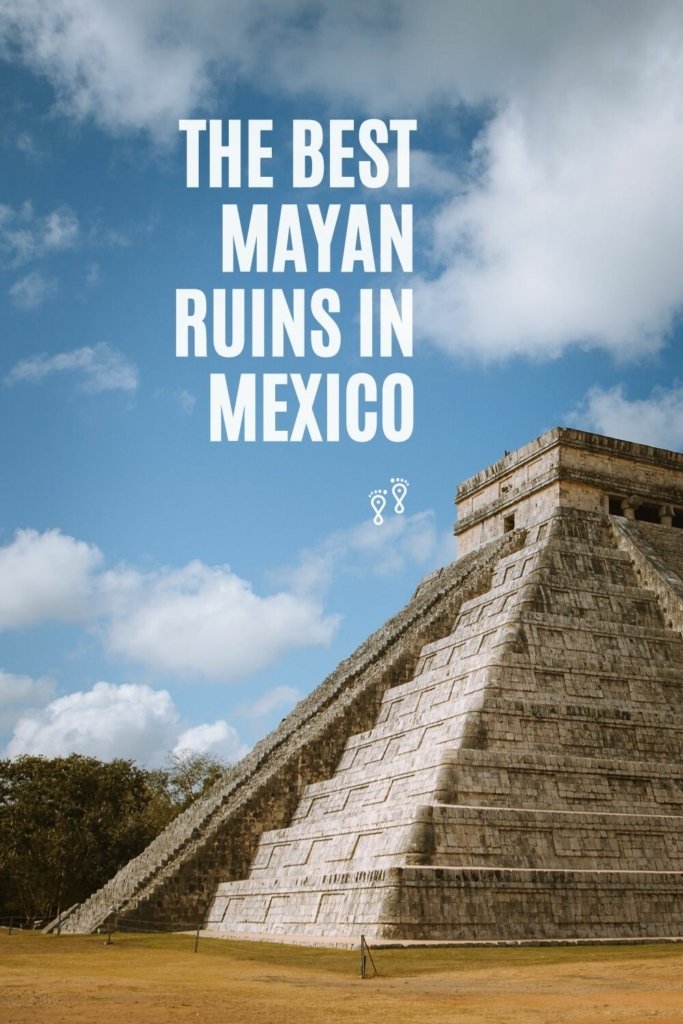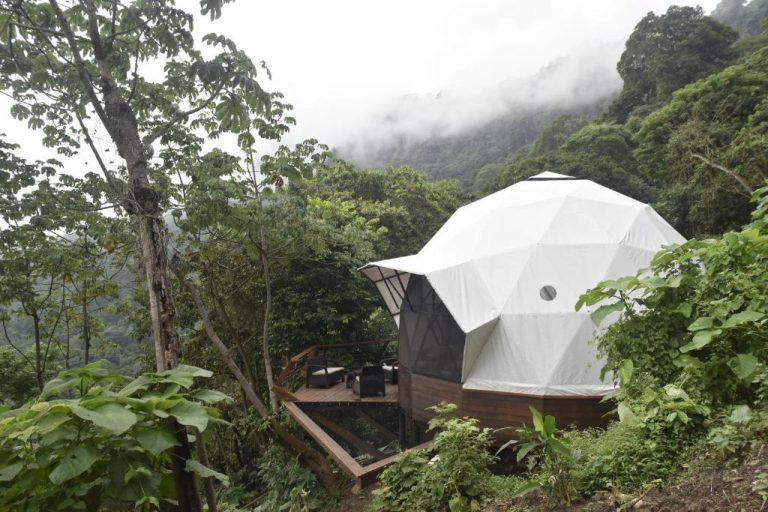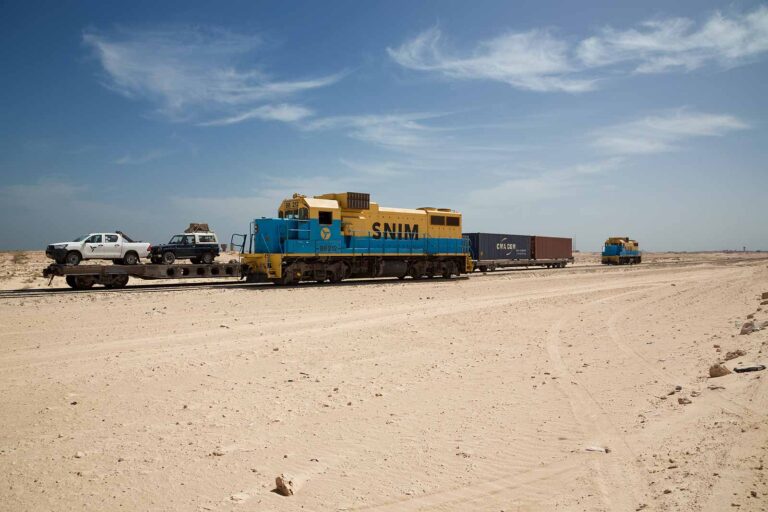The once-grand cities of Mesoamerica are now overtaken by the jungle; immortalised in crumbling ruin yet abundant with atmosphere and history. Here are the best Aztec and Mayan ruins in Mexico.
The turquoise blue of the Caribbean Sea glows off into the distance. Waves crash against a perfect golden beach. Kids play on the sand, shouting in Spanish – the language inherited from European conquerors. On the clifftop above them, the faded stone of Tulum’s ancient Mayan ruins glow in the late afternoon sun.
With an enviable position on a thriving seaport, the town of Tulum reached its zenith between the 13th and 15th centuries. It would be one of the last Mayan cities to be built and one of the last to fall. It was this Mayan temple and this town where in 1511, the Spanish fleet first spotted Mayan civilisation. Within years the Spanish had subjugated the entire region.
The Mayas, along with Aztecs & Zapotecs, were just one of the many civilizations who lived in modern-day Central America. The stories of their once-mighty empires are now told through the decaying ruins of towering pyramids and colossal temples covered in ornate statues and weathered frescoes.
Yet these Mayan cities shrouded in jungle and Aztec pyramids rising from the plains, still pack a punch. Here are our favourite archaeological sites in Mexico.
Booking your trip via the links on this page (or on our book page) will earn us a small commission, at no extra cost to you. Thanks for your support – Paul & Mark.
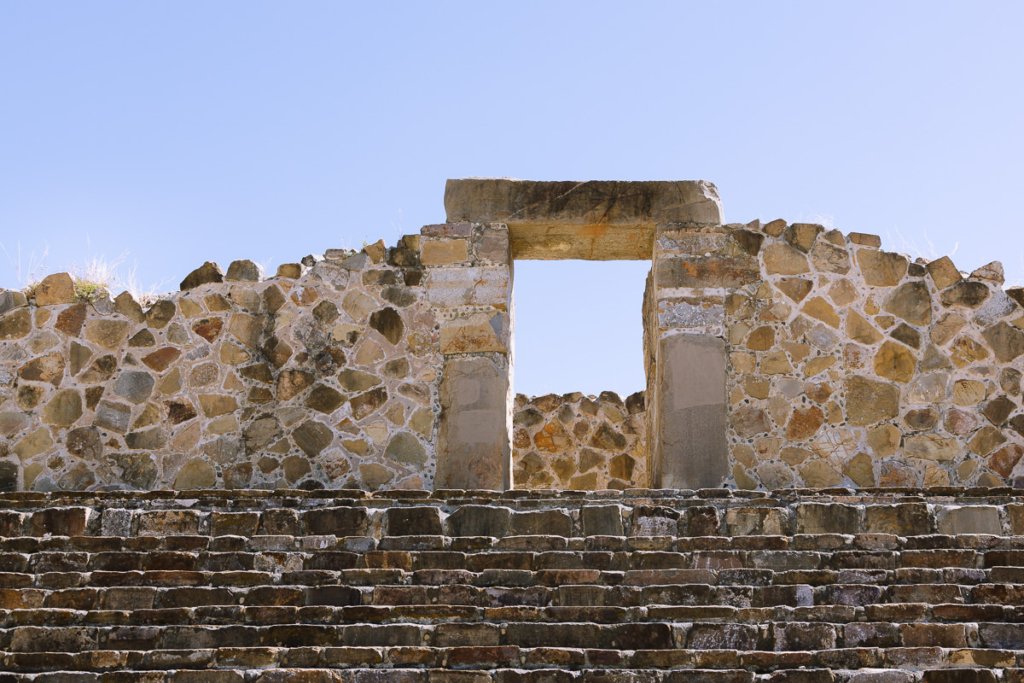
IN THIS GUIDE
AZTEC & MAYAN RUINS IN MEXICO
MAP / AZTEC AND MAYAN RUINS IN MEXICO
The Aztec and Mayan Ruins in Mexico are spread across the central, southern and eastern areas of the country. They can be split into four distinct geographical areas.
How to use this map / Click on the top left of the map to display the list of locations, then click on the locations to display further information. Click on the top right corner of the map to open a larger version in a new tab or the star to save to your Google Maps.
MEXICO CITY
Mexico City is a great base for visiting some of the archaeological sites in Mexico. Templo Mayor and the National Anthropology Museum are both located in the city itself, while Teotihuacán is just a 45-minute drive from the centre.
OAXACA
The state of Oaxaca is one of the poorest in Mexico and is a great contrast from the very tourist-friendly Yucatán Peninsula and even Mexico City. Reward your adventurous streak by visiting Monte Albán, just outside the main city — also called Oaxaca.
CHIAPAS
The state of Chiapas is another relatively impoverished area. Set in jungle-shrouded hills, life here is quite traditional with a strong independent streak. Palenque and Yaxchilán are hidden deep in the forests and it’s a 3-hour drive, plus a 30-minute boat ride, between them.
YUCATÁN PENINSULA
The Yucatán Peninsula is home to several Mayan ruins: Chichén Itzá, Tulum, Coba and Ek’ Balam. With a large number of visitors Yucatán is much wealthier and more developed than the areas inland. The road network is very good and travelling between them is easy if you are driving in Mexico. Cancún is the main international airport.
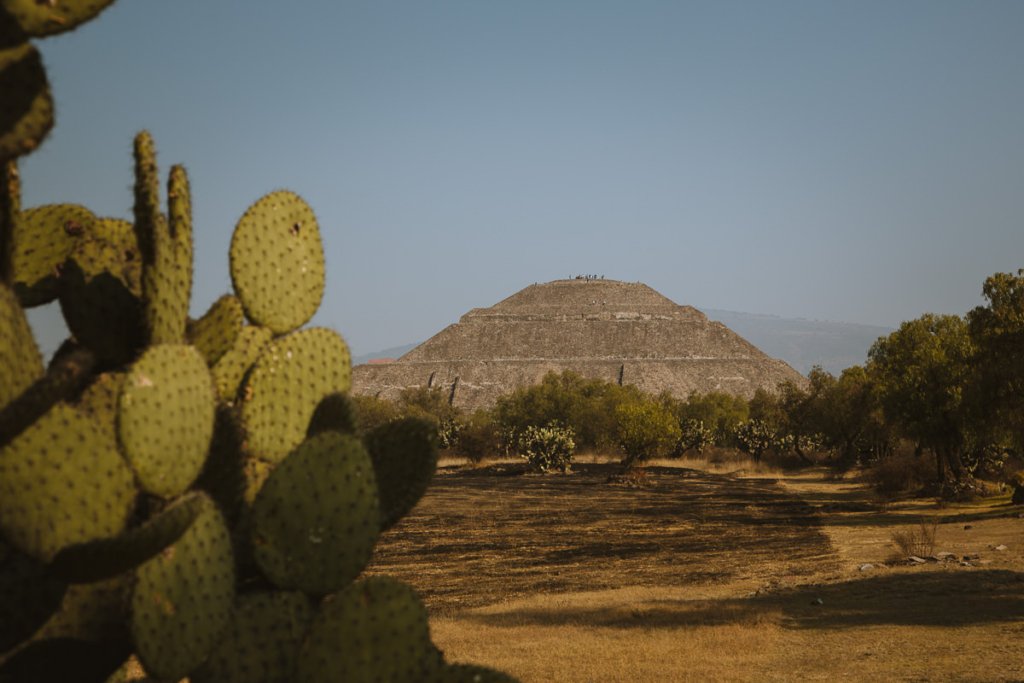
1 – MONTE ALBÁN
The early Mesoamerican people occupied the land that today runs from central Mexico to Costa Rica. Their first complex civilisation was created by the Olmec people, who began the city of Monte Albán around 500 BCE. But it was Zapotecs who developed it further, creating a hilltop capital which is now one of the finest archaeological ruins in Mexico.
The ruins are spread across a huge main plaza set on the summit of a 2,000-metre high hill that has been artificially levelled. Dotted across the hill, with magnificent views over the region of Oaxaca, ancient stones form some of the most interesting pyramids in Mexican including palaces accessed by a network of artificial terraces.
The remnants of civic buildings are a testament to Monte Albán’s advanced society. A ball court for games, elaborate tombs to remember the dead, and temples with intricate bas-reliefs speak to this lost culture. Intricate hieroglyphics suggest Monte Albán was one of only three civilisations in the world that independently learnt to write. (The others being Sumer and China).
As a result, Monte Albán today stands as a testament to Mesoamerican achievements. Ushering in a more advanced time, it held for over 1300 years until abandoned around 850 CE.
HOW TO GET TO MONT ALBÁN
Monte Albán is a 20-minute drive from the city of Oaxaca. A local taxi will cost about $M200-300 round-trip. Alternatively, join one of the many tour operators offering shuttle services from hotels.
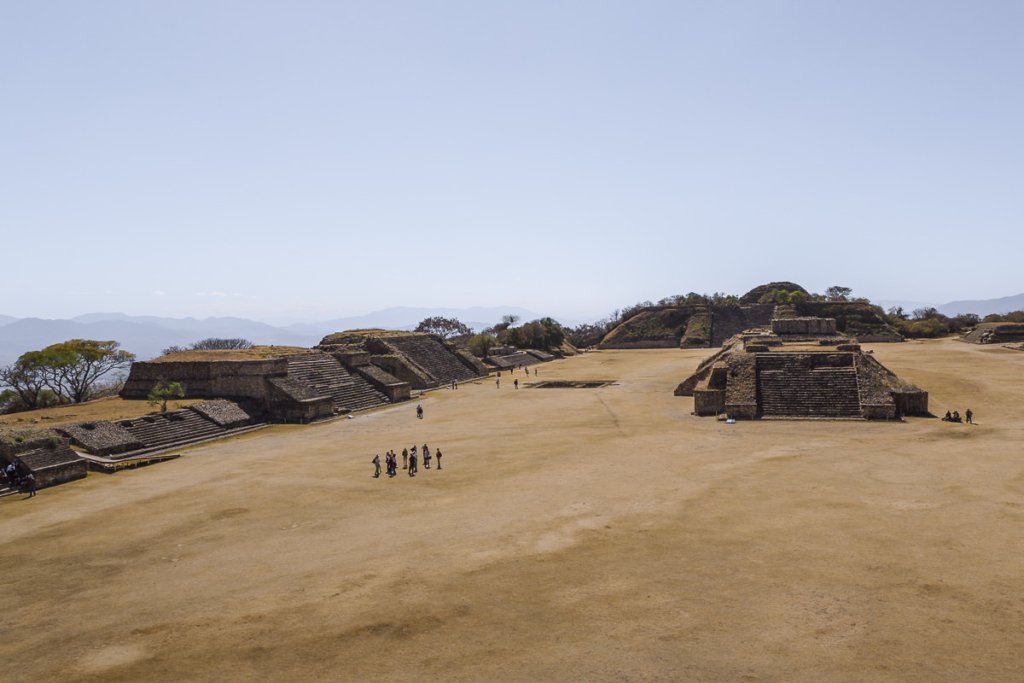
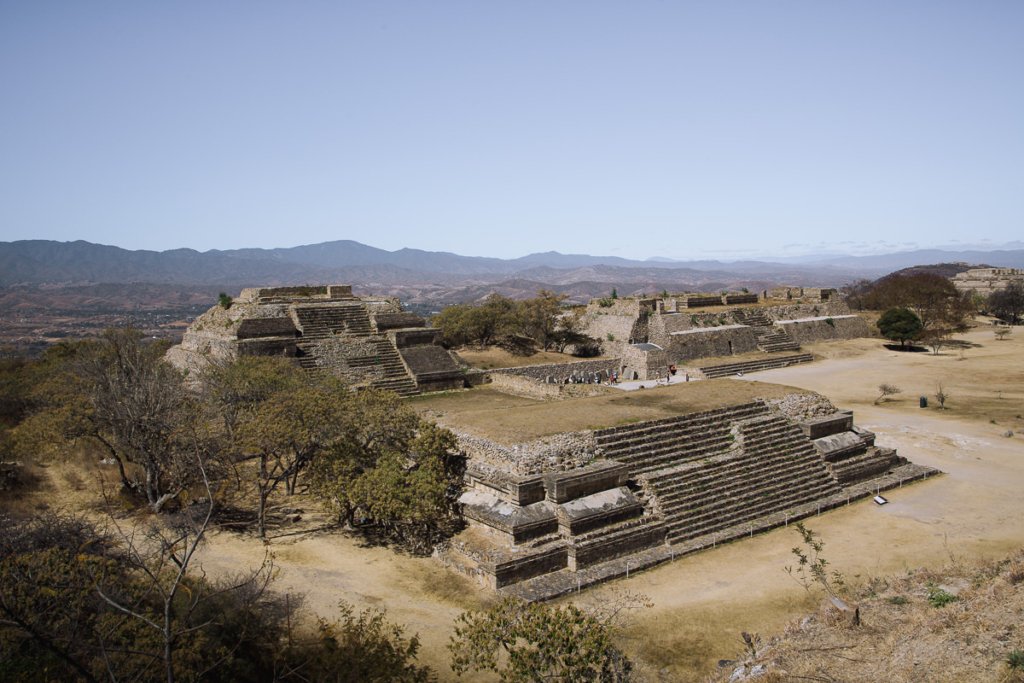
2 – TEOTIHUACÁN
The ruins of Teotihuacán rise majestically above the plateau an hour northeast of Mexico City. At its peak in the 5th century CE, this Mesoamerican city housed around 150,000 people, which made it the largest in Mexico and one of the largest in the world
An awesome site to visit, the highlight is the Temple of the Sun, the 3rd largest Aztec pyramid in the world. A 2-kilometre boulevard — The Avenue of the Dead — connects it to the Temple of the Moon, another stunning pyramid. Further along the avenue, the geometry of the two pyramids contrasts with the richness of the well-preserved murals on the Temple of Quetzalcoatl, an ornately decorated shrine to deities.
The city collapsed in the 8th century, and although the Aztec people repopulated it 500 years later, it would never regain its power. What remains however are some of the most remarkable ancient ruins in Mexico.
HOW TO GET TO TEOTIHUACÁN
Teotihuacán is located about 30 miles northwest of Mexico City. It’s a 50-minute journey by car or by the public bus, which leaves from Autobuses del Norte in Mexico City.
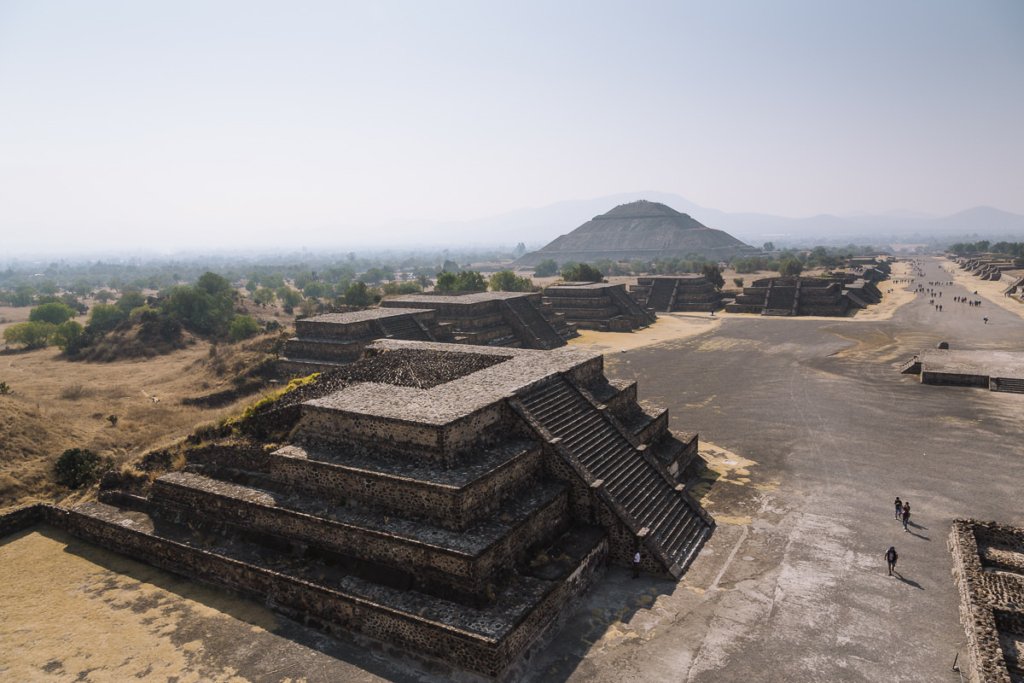

3 – PALENQUE
As Teotihuacán power waned, the Mayans began to rise in power and influence. Dominating the south and east of what is today called Mexico, powerful Mayan city-states vied with each other for dominance. None was more successful than Palenque.
Palenque is one of the most atmospheric Mayan temples in Mexico. Set deep in the jungle, an exquisite array of pyramids, temples and palaces rise up through the dense trees. On a sunny day, the complex shimmers magically in dappled light.
These Mayan ruins are not just beautiful but also unique for the abundance of architectural styles and evocative artwork. The Temple of Inscriptions records roughly 180 years of history in sculptural reliefs. Removed from the main group of buildings and hidden deep in jungle, the Temple of the Jaguar is adorned with elaborate bas-relief carvings and shrouded in mystery.
You could easily spend half a day looking around Palenque. Arrive for opening time to beat the bus crowds and you will be rewarded with an Indiana Jones experience.
HOW TO GET TO PALENQUE
Palenque is in a remote part of Mexico and not easy to get to. There is a private airstrip in Palenque town, but most domestic flights land at Villahermosa, 90 miles to the northeast.
The Mayan ruins are a short 7-kilometre drive from the town of Palenque. There is plenty of parking if you have your own car, and there is a regular mini-bus service from town.
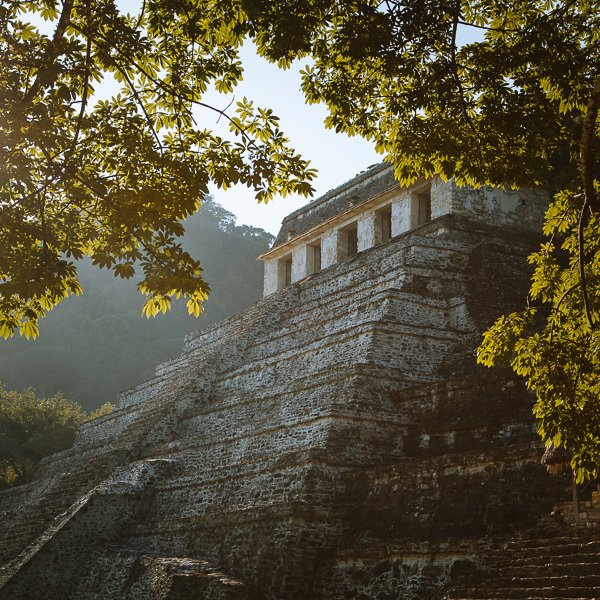
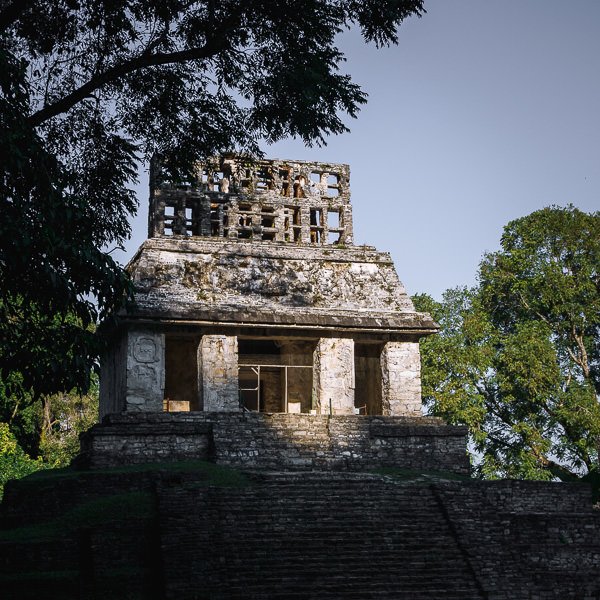

4 – YAXCHILÁN
Even deeper in the jungle, on the banks of the Usumacinta river, lies the ancient Mayan city of Yaxchilán. A perennial rival to Palenque, it is only accessible by boats ploughing the crocodile-infested waters.
The ruins are not as complete as other ancient ruins in Mexico, but what it lacks in complete structures, Yaxchilán more than makes up for in evocative Mayan temples. Centuries-old buildings surrender to the jungle, shrouded in twisted vines and roots. Lintels and stelae are covered with hieroglyphs telling the story of the Mayan people, their religious rituals and conquests.
It’s an ethereal place to explore and the most successful of the ruins in Mexico for transporting you back to a different age. Like Palenque, Yaxchilán collapsed around the turn of the 9th century, but they left behind some of the most salient reminders of Mayan Mexico and getting there is an adventure all on its own.
HOW TO GET TO YAXCHILÁN
To get to Yaxchilán, park at the quay at Frontera Corozal, a 3 hour drive from Palenque. For around M$800 you will be ferried at high speed to the ruins, given 2 hours to look around and then ferried back. Entrance to the ruins is extra and paid when you get off the boat at the Mayan ruins.

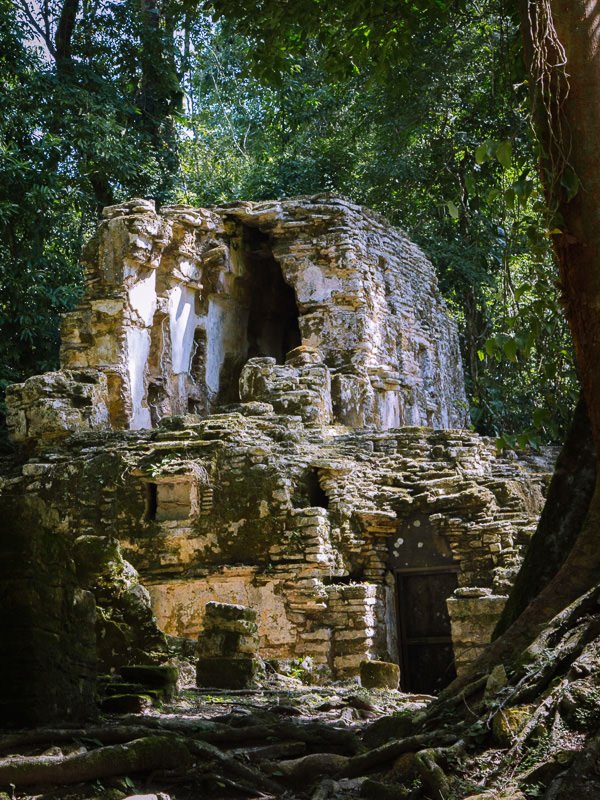

5 – COBA
Coba is an ancient Mayan city on the Yucatán Peninsula. Evidence suggests that it saw strong population growth around 100 CE and an influential political status would make it one of the most powerful Mayan cities in the area.
Today, the site is made particularly special by the collection of Mayan pyramids called Nohoch Mul. The largest is 42 metres high and despite its current crumbling state, it’s possible to clamber the 130 steps to the top. At the summit, take in the historic view across the jungle canopy, split by ancient network of roads that made the Mayans such a formidable civilization.
The entire complex is quite large so the best way to see it is to hire a bike from the entrance gate and explore at your own pace. Don’t miss the remains of the old church and the two ball courts. After exploring the complex, head to one of the nearby cenotes to cool off.
HOW TO GET TO COBA
The Coba Ruins are located 43 kilometres from Tulum and 60 kilometres from Valladolid. There are regular bus services from both and plenty of tours on offer.
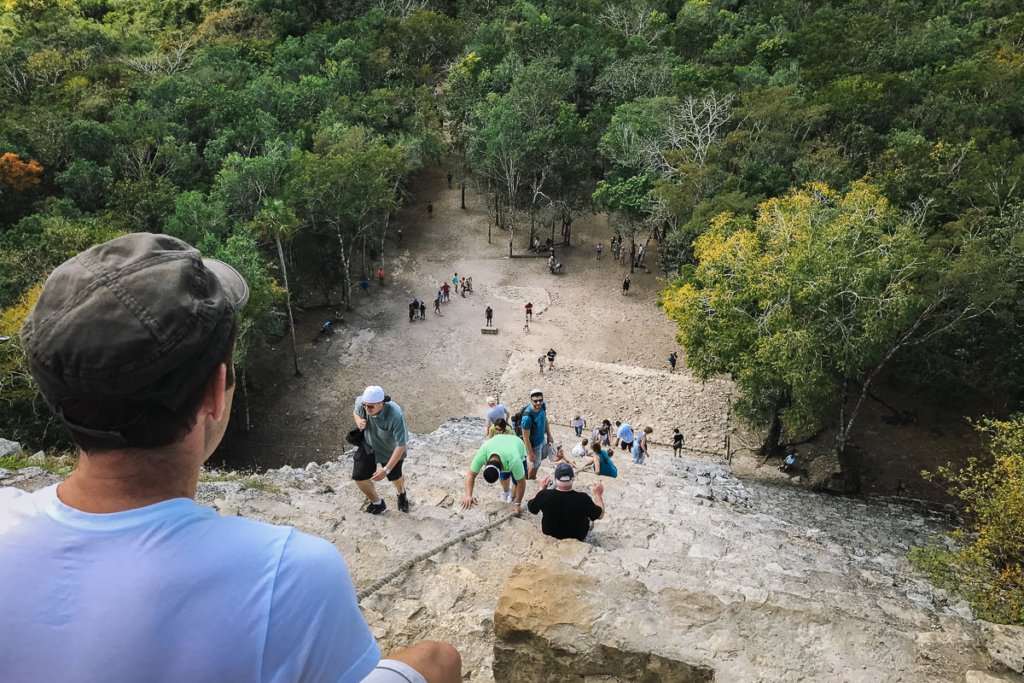

OUR NEWSLETTER
Get an email around once a month directly to your inbox.
SUBSCRIBE
Follow us on Instagram to stay up today with our current travels.
@ANYWHERE_WE_ROAM
6 – CHICHÉN ITZÁ
The Maya established Chichén Itzá around 750 CE and it went on to become the largest Mayan city with the most culturally diverse population. The Mayas that migrated here mixed with the many local tribes and created new architectural designs. The result today is one of the finest and most interesting ancient ruins in Mexico.
El Castillo – the most famous of the Chichén Itzá buildings – is a towering Mayan pyramid that also acts as a calendar. Four stairways of 91 steps plus the top platform make 365 days. Nine levels, split by the staircases, represent eighteen 20-day months. During the equinoxes, the sun casts a shadow on the north face of the pyramid giving the impression of a serpent wriggling down the staircase.
Other highlights at Chichén Itzá include the Sacred Cenote, where human bodies were sacrificed to the gods; the Temple of Jaguars, an ornately sculpted shrine with warriors laying siege to a village; and the Tzompantli, a dramatic platform carved with skulls, human sacrifices, eagles eating human hearts and skeletonized warriors.
It may be the busiest of the Mayan ruins, but it’s definitely worth wrestling with the crowds.
HOW TO GET TO CHICHÉN ITZÁ
The Mayan ruins at Chichén Itzá are a 45-minute drive from Valladolid or 2 hours 45 minutes from Cancún. Oriente buses run every thirty minutes from Valladolid bus station. Tours operate from almost every city in the Yucatán Peninsula.
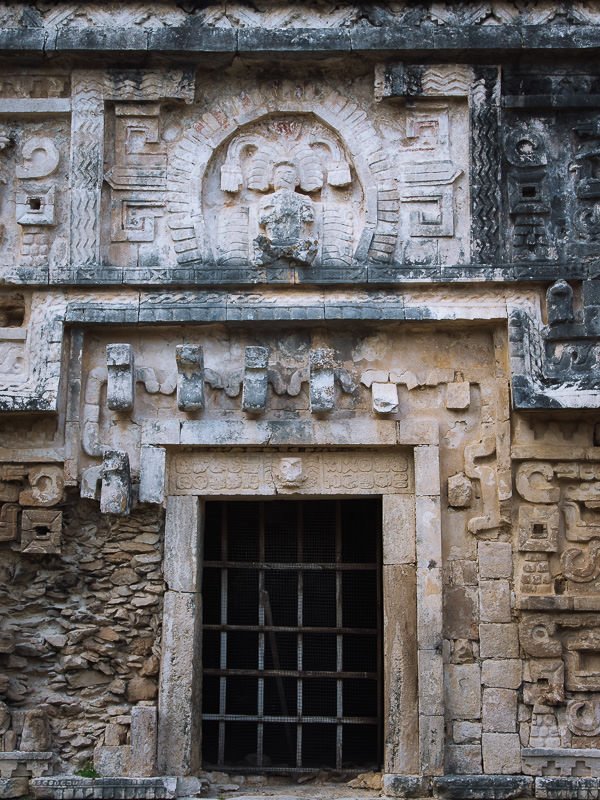
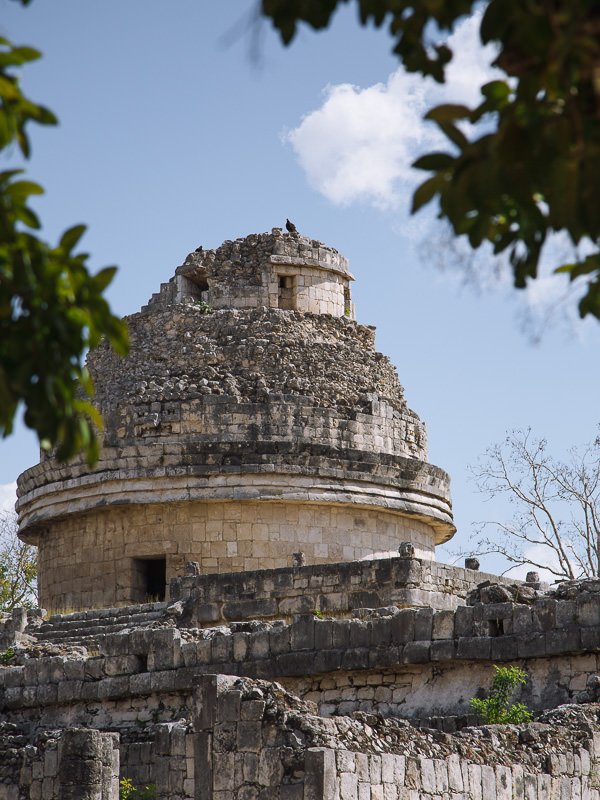
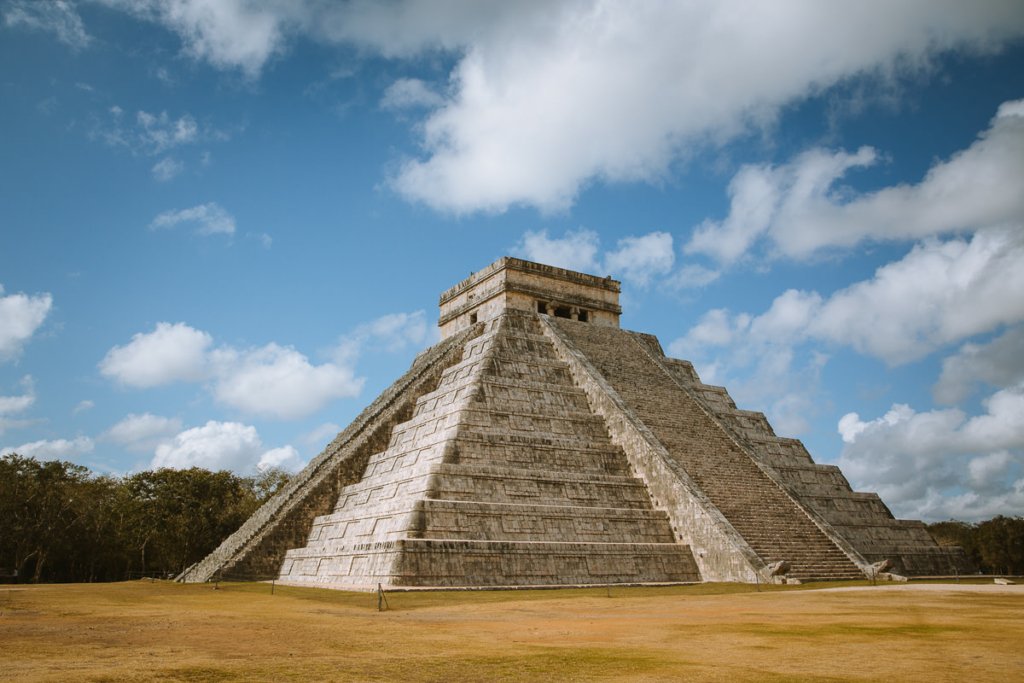
7 – EK’ BALAM
Just a short distance from Chichén Itzá, the Mayan ruins of Ek’ Balam were discovered in 1800, however, they remained relatively untouched until excavations resumed in 1997.
Much less visited than other ancient sites in Mexico, Ek’ Balam provides a great opportunity to explore the remnants of Mayan culture without the crowds. The whole area is around 15 kilometres although the main section comprises of only 40 buildings within the old walled city. As many of the buildings are yet to be excavated, the site is full of mystery and atmosphere.
There are several Mayan temples, two palaces and a pyramid. The buildings were huge. In fact, the tower is one of the largest structures to exist in Mayan architecture. With restoration work still underway, climb to the top and inspect the intricate facades slowly being uncovered while staring over the jungle.
HOW TO GET TO EK’ BALAM
Ek’ Balam is 40 kilometres from Valladolid. You can easily drive yourself or hire a taxi. Collectivos also run from Calle 44 (between Calles 35 and 37) in Valladolid.

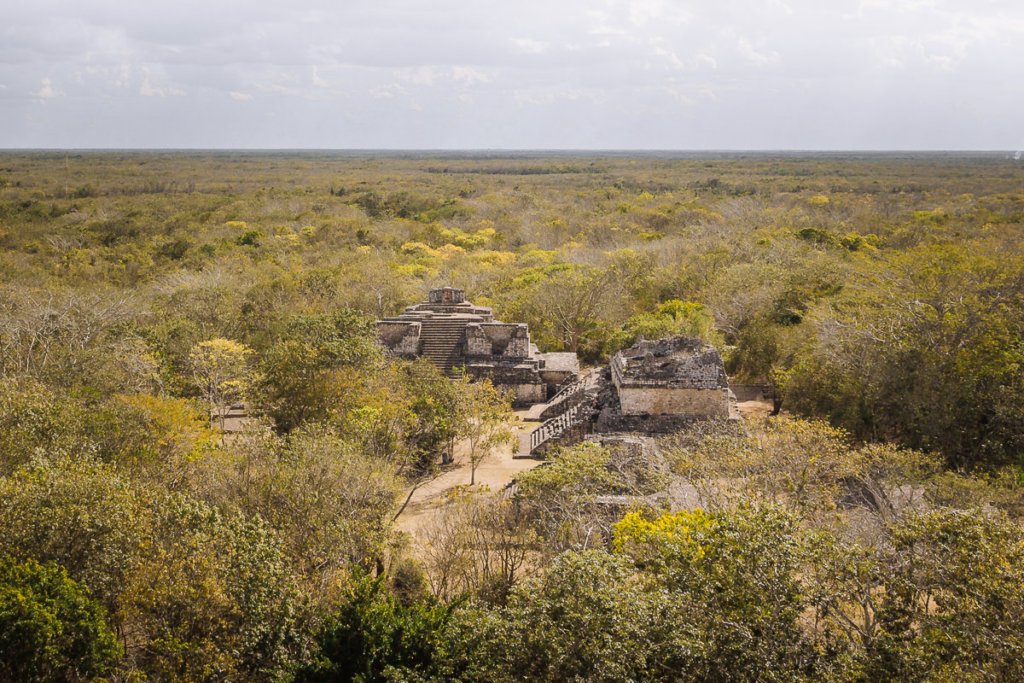
8 – TULUM
Tulum was the only Mayan city to be constructed on the coast. Designed as a fortress, a 784-metre wall surrounds the city on three sides. With protection from both land and sea attacks, it became an important economic hub.
Tulum reached its zenith between the 13th and 15th centuries. However, being the first to encounter the Spanish fleet in the early 16th century, the city (like the rest of Mesoamerica) was quickly subjugated by guns and disease.
Today the fortress-like Tulum Ruins, perched on a clifftop overlooking the Caribbean Sea are a dramatic sight.
The highlight is the Temple of the Frescoes, one of the best-preserved buildings on the site. It was used as an observatory for tracking the movements of the sun and its facade is decorated with deities sacred to the Mayan people. Most importantly, keep an eye out for the carving resembling a man on a horse; something the Mayas would only have seen after the Spanish invasion — perhaps symbolising their imminent demise.
HOW TO GET TO THE TULUM RUINS
Tulum town is a 1-hour 45-minute drive from Cancún. The Mayan ruins are 3 km north of the town and a very short taxi ride. However, a lovely way to get there is to hire a bike and cycle along the coast.
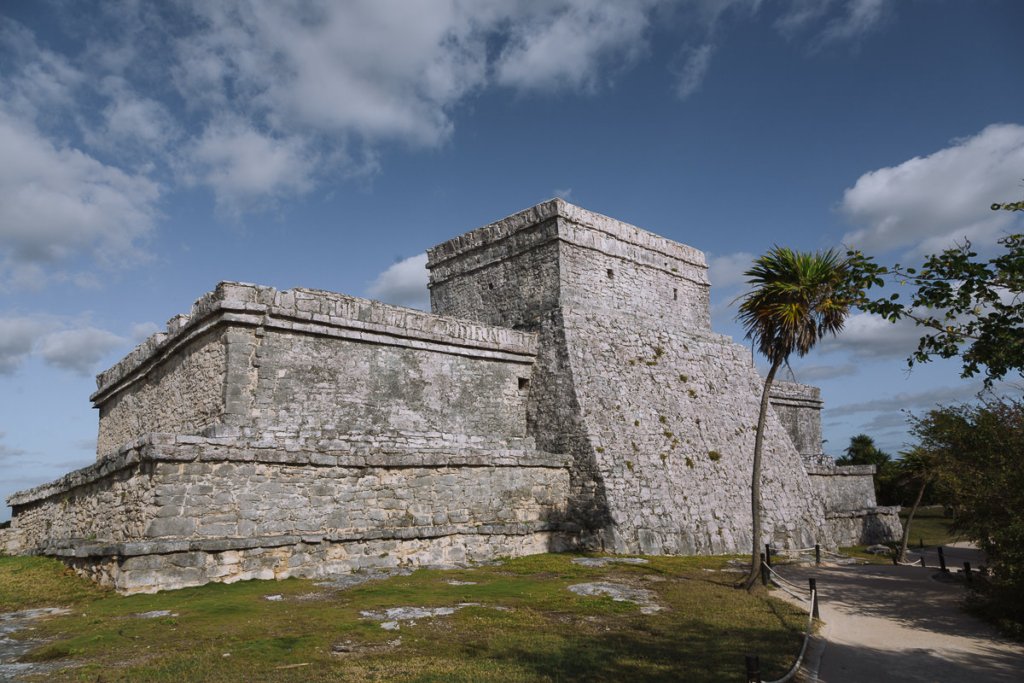
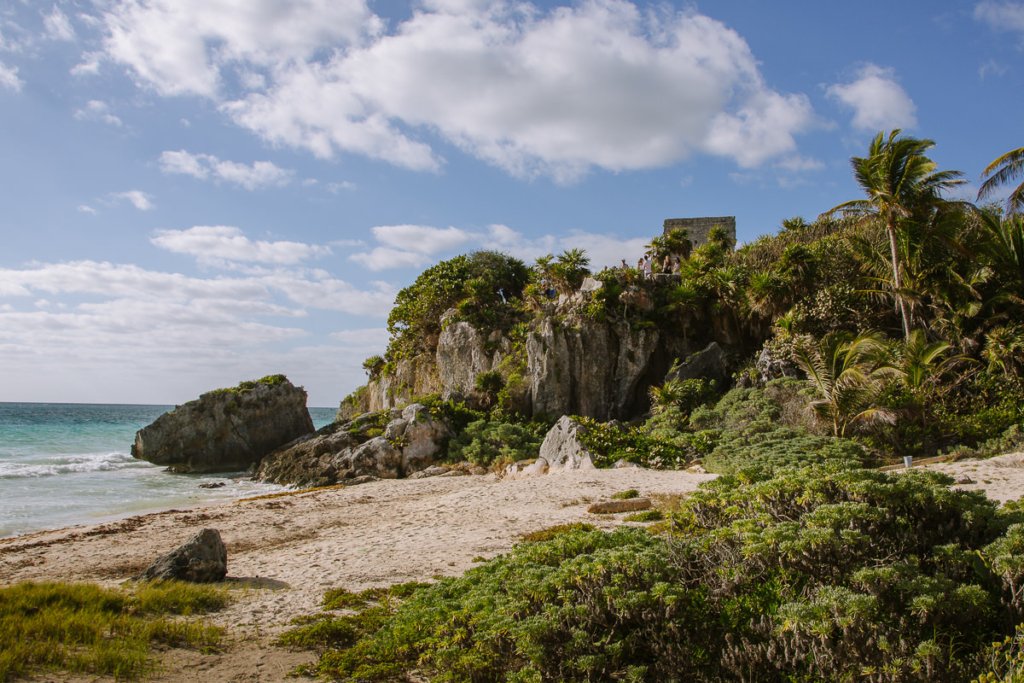
9 – TEMPLO MAYOR
While the Mayans dominated the coastal east, the Aztecs were rising to power in the central areas of Mexico. The religion of the Aztec’s foretold that their people would build a great city at a place shown to them by an eagle with a snake in its mouth, perched on a cactus. Seeing this vision on a swampy island on Lake Texcoco the Aztecs began their city.
Tenochtitlan was founded in 1325. Reaching its zenith in the early 16th century, it became the largest city and empire in the Americas before being swept away by the Spanish invaders. Today the main temple (Templo Mayor), once a blood-red temple that rose from this floating city, is just a bundle of rocks in the dirt.
It takes a bit of imagination to recreate the sight but inside, the museum is full of interesting artefacts. In particular, the exquisite Coyolxauhqui disk stone relief, which dates back to the 15th century, was only dug up in 1978.
Yet despite the paucity of buildings, there is something quite moving about these ruins. Set on the northern edge of the main square in Mexico City surrounded by the National Palace and the magnificent cathedral, they appear to provide the very foundations for today’s Mexico. A modern country, with its roots in both Spanish and Mesoamerican culture, that immortalised history on their flag with the image of an eagle perched on a cactus devouring a snake.
HOW TO GET TO TEMPLO MAYOR
The Aztec ruins of Templo Mayor are located in the northeast corner of the Zócalo (main square) in the heart of Mexico City. The closest metro stop is Zócalo.
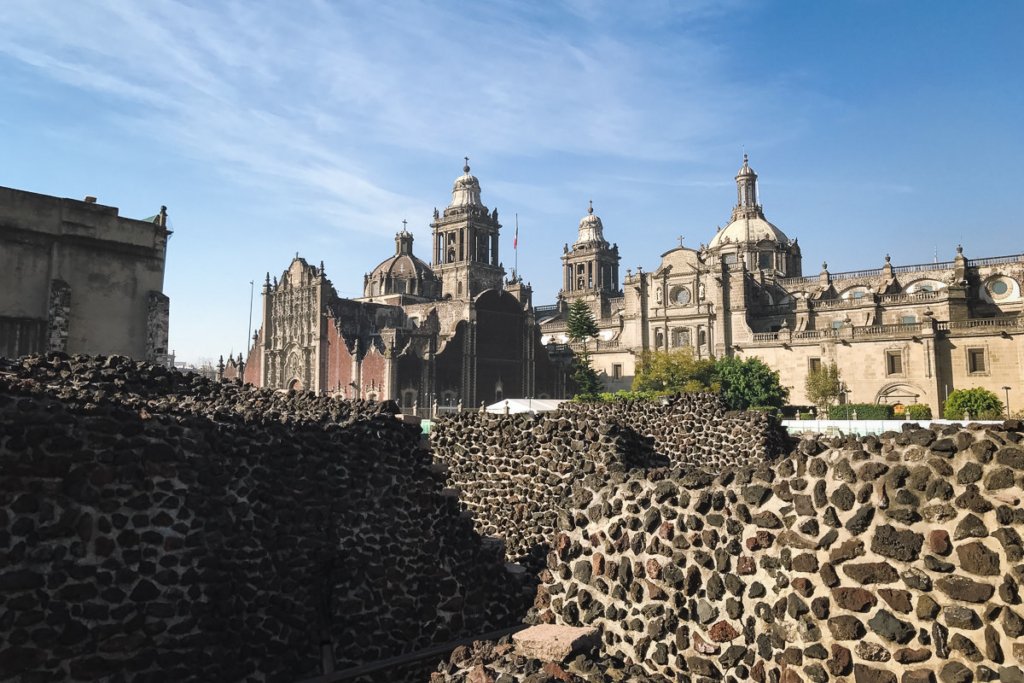
10 – NATIONAL MUSEUM OF ANTHROPOLOGY
While not the site of a ruined city itself, the National Museum of Anthropology in Mexico City has one of the most remarkable collections of Mesoamerican artefacts in the world. Few other museums we have visited have done such a good job of telling the long and complex history of its country’s people.
You could easily spend a whole day looking around the site. Fortunately, it’s split into different historic periods so you can pick off some of the most important treasures.
Our highlights include Room 4 which covers the rise and fall of Teotihuacan; Room 6, the Aztecs; and Room 8, Oaxaca and the Zapotecs of Monte Albán. The best, however, is reserved for Room 9 which covers the city-states of the Mayans.
It’s not easy to travel all around Mexico to visit each of the main ruin sites, so the National Museum of Anthropology is the next best thing. By the end, you’ll have learnt much about Mesoamerican history and seen a wealth of artefacts and reconstructions.
HOW TO GET TO THE NATIONAL MUSEUM OF ANTHROPOLOGY
The National Museum of Anthropology is in Mexico City. The nearest metro stations are Auditorio on Line 7, or Chapultepec on Line 1.

GETTING AROUND MEXICO
Visiting any of the ruins on the Yucatán Peninsula is very straightforward, the driving is easy, and the sites are well connected via the bus network.
However, if you are interested in heading into some other states, we recommend reading our Mexico Road Trip article first. Driving in this part of Mexico is not without its complications and it’s good to be prepared.
Here is some additional Mexico reading from us.
Our 2-week Mexico Itinerary
Driving in Mexico
How to design your Mexico Road Trip
3 glorious days in Mexico City
STAY IN TOUCH
Stay up to day with our travels on Instagram and get semi-regular updates directly to your inbox via our newsletter.
INSTAGRAM // SUBSCRIBE
SHARE THIS GUIDE
If you found this guide useful, please share it to your social media or pin it to your Pinterest boards.
